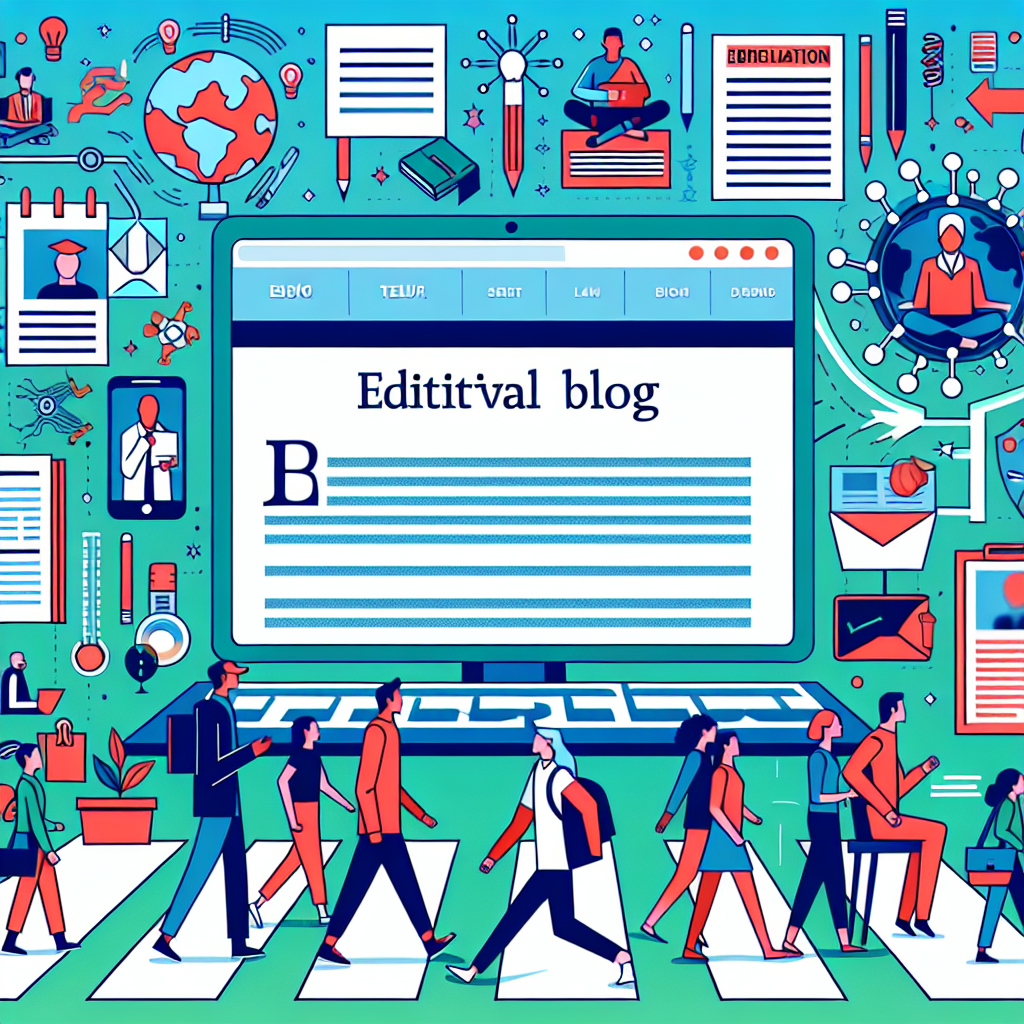Searching for Where To Get A Job In 2025? The job market is shifting faster than many expect: automation, remote-first roles, and hybrid hiring models have changed where and how employers recruit. This article walks through the industries, platforms, and tactics that will give you the best chances of landing meaningful work in 2025, whether you’re a recent graduate, mid-career professional, or changing fields.
Where to find work in 2025: the strongest sectors
Some industries are expanding rapidly and are worth prioritizing if you want reliable openings and upward mobility. Expect growth in healthcare, technology (especially AI and cybersecurity), green energy, logistics and e-commerce, and education technology. Public sector and social services also continue to hire for stability and benefits. When choosing a sector, weigh demand, salary trends, and whether the roles match skills you can acquire quickly.
Healthcare and allied professions
Healthcare remains a top source of jobs across many skill levels, from clinical roles to health IT and care coordination. For example, registered nursing and allied health occupations are projected to remain in steady demand; for specific data on these trends, see the U.S. Bureau of Labor Statistics’ registered nurses outlook for concrete projections and job growth analysis.
Technology, AI, and cybersecurity
AI-powered tools are creating both new roles and efficiencies that change job descriptions. Skills in machine learning, data engineering, cloud platforms, and cybersecurity are particularly valuable. Companies often hire through specialized tech job boards, bootcamp hiring channels, and recruiter networks that focus on remote-capable roles.
Green energy and skilled trades
Electric vehicle infrastructure, solar and wind projects, and efficiency retrofits are expanding construction and technical trade jobs. Apprenticeships and certifications can accelerate entry into these fields, often with on-the-job training and strong wage prospects.
Best places and platforms to search
No single platform covers every opportunity. A blended approach is most effective:
- General job boards for wide exposure and entry-level roles.
- Industry-specific boards and associations for targeted hiring.
- Company career pages and LinkedIn for networking-led hires.
- Freelance marketplaces and gig platforms for contract and project work.
- University and college career centers for students and alumni—see resources tailored to early-career job hunters in the comprehensive guide to job boards for college students in the USA (free and paid options).
Where networking and referrals matter most
Referrals continue to convert at higher rates than cold applications. Attend industry meetups (virtual or in-person), maintain relationships with former colleagues, and participate in professional communities on platforms like GitHub, Behance, or Slack workspaces. Recruiters increasingly scan these communities for demonstrated work and contributions.
How to make your application stand out
Hiring managers are looking for evidence of impact and adaptability. Use the following tactics to improve response rates:
- Quantify achievements on your resume—show revenue, efficiency gains, user growth, or other measurable results.
- Customize your cover letter and opening message to speak directly to the company’s goals and the role’s main challenges.
- Build a portfolio or project repository for technical and creative roles; include links to live projects or code samples.
- Learn targeted skills through short courses and certify on platforms employers recognize.
- Prepare for remote and hybrid interviews by showing communication skills, time management practices, and familiarity with collaboration tools.
Short checklist before you apply
- Tailor resume to the job description
- Include 1–3 measurable achievements
- Attach relevant portfolio links
- Send a concise, role-focused outreach message
Alternative ways to get hired faster
If traditional applications aren’t working, consider these tactics: internships or short-term contracts that convert to permanent roles, volunteer projects that demonstrate skills, or industry hackathons and competitions that yield visibility. Small companies and startups may hire quickly through portfolio reviews or direct founder outreach.
Upskilling and microcredentials
Microcredentials and targeted certificates (cloud certifications, cybersecurity badges, UX portfolios) can beat a generic degree when applied to in-demand technical roles. Prioritize recognized credentials and practical projects as proof of capability.
Quick action plan
- Identify two high-growth sectors that match your interests.
- Refresh your resume and portfolio to highlight measurable outcomes.
- Apply broadly on general and niche boards, and follow up with referrals.
- Invest in one targeted certification or project to bridge any skill gaps.
FAQ
Q: Is remote work still a good bet in 2025?
A: Yes—remote and hybrid roles remain common, especially in tech, customer support, and creative industries. Expect employers to require evidence of remote productivity and communication skills.
Q: How quickly should I re-skill for a new industry?
A: Focus on the core technical and domain skills employers require. Short intensive programs, bootcamps, and microcredentials can provide practical skills in 3–6 months; pair them with projects to demonstrate competence.
Q: Where should recent graduates start?
A: Start with campus career services, internships, entry-level positions, and the job board guide linked above tailored for college students. Combine that with networking and a portfolio of class or volunteer projects.



